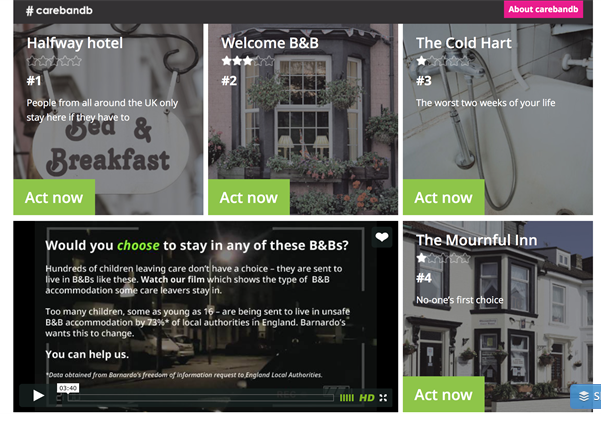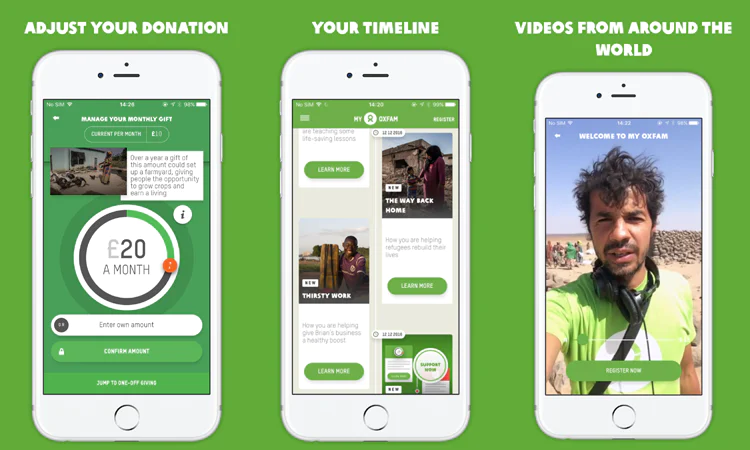De-risking innovation through Red Teaming

This post is the second in our short series looking at how charities can reduce the risk of product innovation ending in disaster. It follows the post on Pre-mortums, and how they can help.
If a pre-mortem is a speedy and simple way to spot potential issues within an innovation project, then its larger, more unwieldy cousin, Red Teaming, is the real heavyweight!
Red Teaming is a form of Alternative Analysis – a family of methods designed to help decision makers avoid the pitfalls of poor decision making. Red Teaming involves bringing together a diverse group of people with the aim of rigorously testing ideas, strategies, and assumptions, while striving to remain as independent and impartial as possible. In principle, it shares the same space as a consultant – but it’s designed to be as independent and objective as possible.
As far as I know, the Red Team concept originated in the Armed Forces but has now spread to various other fields and is, perhaps unsurprisingly, widely used within the tech sector.
Red teaming is the work performed in identifying and assessing, assumptions, alternative options, vulnerabilities, limitations, and risks for your new product. By using red teaming it will provide the end user (Fundraising Director / Manager) with a more robust baseline for decision-making and avoiding failure.
It’s fair to say that using Red Teaming is overkill for validating an innovation project if the focus of change is the proposition or creative approach – however, if your innovation project involves moving into a new category or requires a new business model then having an external team check your assumptions can be a great way to identify flaws in your thinking before you go live.


This site is very similar to Crack & Cider – the World’s first shop where you could buy items needed by rough sleepers. It enables people to help a cause but without going through a charity.
And like Crack & Cider they have emulated an established consumer friendly look and feel – rather than the approach taken by charities.
In this case Carebnb has cleverly copied the idea and styling of Airbnb – a highly loved and innovative brand. Carebnb invites people to explore different locations where they will discover how people live in those communities. Case studies replicate the style of consumer reviews and the layout makes information easy to digest. Site visitors are asked for a low-value donation to help.
Unfortunately for both, Barnardos (shown below Carebnb) launched a near identical idea at the same time using the same name as their hashtag!
Why use a Red Team
Red team activities typically include one or more of the following:
- Challenging assertions and assumptions, and identify faulty logic or flawed analysis. Classic areas of assumption are around the business model and the assumed metrics for sign up’s and retention, for instance assuming your burn rate for a new subscription product will be the same as your Regular Giving attrition rate!
- Assess the strength of the evidence base or the quality of the information
- Identify alternative options or outcomes and/or explore the consequences of a specific course of action
- Test a system, plan or perspective through the eyes of a competitive charity
- Identifying vulnerabilities, opportunities, risks, and threats. For instance, a vulnerability if youe product relies upon Face to Face may be volume capacity
- Identifying bias, group-think, flawed assumptions, and the tendency to jump to conclusions. For example, the assumption that the audience wants to be given access to information directly from the ‘front line’.
- Identifying second-and third-order effects and unforeseen consequences (see the blog on Future Wheels)
- Identifying further or improved measures of effectiveness
My view is that if you were only to use a Red Team to identify what assumptions have been made, and to question the basis of those assumptions then you’re giving yourself a far better chance to avoid failure.

In 2014 Macmillan Cancer Support launched an online dating site called My Mate, Your Date. The idea was to ride on the wave of new dating apps and sites, and by using the heightened interest see whether they could offer a similar product but for free. Those people matched were then asked if they wished to make a donation to Macmillan.
We can only speculate at why it didn’t get traction – but it’s a good example where the advantage of a charity association is perhaps stretched too far.
Why are Red Teams needed at all?
All decision-makers, and their teams, are subject to bias, emotion, and the need to simplify complex problems.
‘We just took too much for granted. We didn’t challenge our basic assumptions.’
Most poor decisions are the result of false assumptions and individual bias which cause us to ignore alternative explanations and, in the worst case, intentionally disregard information that does not fit our view – think about how often you may have disregarded research findings if they challenged your existing perceptions. This tendency is increased when other stakeholders, including external agencies who may have a financial or reputational incentive to push a particular solution, play a part in the decision-making process. You may be familiar with the notion of biases but, (if you’re anything like me) often forget to account for them when taking decisions. A few of the less known biases that Red Teams seek to identify include:
Continued influence effect – A tendency to continue to believe misinformation even after it has been challenged.
Neglect of probability – A tendency to disregard the probability of certain outcomes or events when making a decision.
Normalcy bias – The inability to plan for a (negative) situation that has never occurred before.
Optimism bias – A tendency for an individual to believe that they are less likely to experience a negative event. In planning and decision-making terms, it refers to an overly positive or confident belief that the plan will work.
Zero-risk bias – A preference for absolute certainty. We tend to opt for situations where we can completely eliminate risk, seeking solace in the figure of 0%, over alternatives that may actually offer greater risk reduction.
Ostrich effect – A tendency to ignore an obvious negative situation if it challenges the ‘received wisdom’.
and
Plan continuation bias – An inability to notice or accept that an original plan of action is no longer appropriate for a changing situation.
The red team uses its thinking and techniques to break these mind-sets and identify the dynamics that can lead to poor decision-making.
‘One thing a person cannot do, no matter how rigorous his analysis or imagination,
Schelling
is to draw up a list of things
that would never occur to him.’
Who to look for
Red Team members should possess a mix of skills and experience or be focused in one particular area, depending upon the issue being addressed. There is a need to include experts, but there must also be room for people who are able, and unafraid to ask naïve questions. And when it comes to experts be mindful to avoid those whose strong opinion may blinker their objectivity.
The team can of course be from within your organization but I’d suggest perhaps look towards recruiting from a different department or division. And if you’re thinking of inviting your creative agency to be in the Red Team I’d strongly suggest otherwise – instead consider asking someone who hasn’t worked for you before, but has the breadth of experience required.
Valuable characteristics to look for
- Intellect and imagination
- Analytical skills
- Ability to see things from alternative perspectives
- Confidence to challenge traditional thinking
- Ability to think strategically (able to connect the dots)
- Attention to detail
- Ability to ask questions that stimulate thought without creating conflict
- Critical and creative thinking skills
And it goes without saying that Red Teaming can only thrive in an environment that tolerates criticism and being challenged, so it needs the support of senior decision makers.

In 2017 Oxfam launched ‘My Oxfam’ – a true first – an app aimed at giving more control than ever to its supporters, allowing them to dial up or down the amount they want to donate each month and easily manage how they receive communications from the charity.
Structure
Red Teaming can be as simple or complicated as the project requires – the greater the importance or potential risk of the new innovation, the deeper the process should explore. Typically a Red Team will go through five stages – Key Assumptions Check, What if & Counter Arguments, Quality of Information, Brainstorming, and finally Visualisation.
When it comes to which techniques are suitable for Red Teams the following represent just some of the wide range listed in the various literature.
Challenge Assumptions
- Outside-in thinking
- Pre-mortem analysis
- Structured self-critique
- Devils advocacy
- Role playing
Focussing
- AIMS
- Issue redefinition
- Root cause analysis
- 5 Whys
Structured Analysis
- Starbursting
- Force field analysis
- SWOT & TOWS
- Cross Impact matrix
- Hypothesis generation
Summary
While Red Teaming can seem overly complicated and loaded with jargon, it remains a hugely useful idea that is seldom seen or heard of within the charity sector. But as innovation projects begin to broaden and deepen to require ever greater investments in terms of resource and expenditure, as well as potentially higher risks of failure, the idea of Red Teams , even if used at a basic level, may provide us with a technique to challenge the assumptions underpinning an idea and help ensure project succeed.
Recommended reading
‘A simple handbook for Non traditional Read Teaming‘. Australian Government
Red Teaming handbook. UK Ministry of Defence
Red Teaming by Bryce Hoffman
Main Image – Apres Ski Party product by Macmillan Cancer Support
Words by James Long
Next time
Using sensitivity analysis and Monte Carlo Scenarios to improve your income forecasts